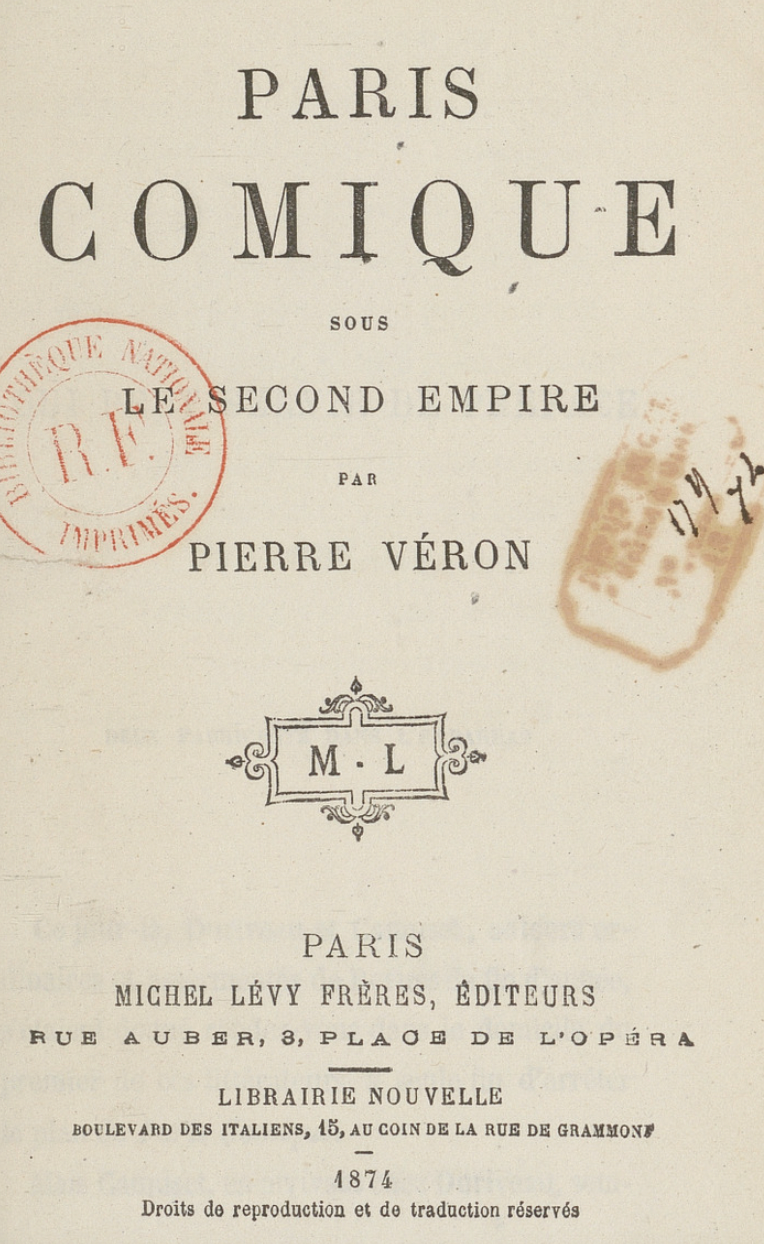Enhancing VZV Vaccine Efficacy with Manganese-Coordinated Lipid Nanoparticles

In a significant advancement in vaccine technology, researchers have developed manganese-coordinated lipid nanoparticles (Mn-LNPs) that enhance T cell responses in varicella zoster virus (VZV) vaccines. This breakthrough was announced in a recent study published in the journal Zoonoses on June 10, 2025, highlighting the urgent need for improved vaccine efficacy as VZV infections continue to rise globally.
The varicella zoster virus, responsible for chickenpox and shingles, poses increasing health challenges, particularly for immunocompromised populations. Current vaccines have shown limitations in stimulating robust immune responses, primarily due to inefficient utilization of antigens and adjuvants. This has necessitated innovations in delivery systems to improve immune protection against VZV infections.
According to Dr. Ling Luo, lead researcher and a biochemist at the University of California, Berkeley, "The co-delivery system developed using Mn-LNPs significantly enhances the efficiency of both the VZV glycoprotein E (gE) antigen and the CpG adjuvant. By improving the delivery mechanism, we can achieve a more potent immune response."
The Mn-LNPs were created by coordinating palmitic acid with manganese through hydrothermal synthesis. The nanoparticles measure approximately 270 nm in diameter and are designed to encapsulate VZV gE antigen and the CpG adjuvant in a precise 1:2 mass ratio. This innovative co-delivery system was tested in a mouse model, revealing that it resulted in a 1.47-fold increase in interferon-gamma (IFN-γ) responses for CD4+ T cells and a remarkable 5.66-fold increase for CD8+ T cells compared to conventional aluminum adjuvants.
The study's findings underscore the potential of Mn-LNPs to improve vaccine responses significantly. In addition to bolstering T cell responses, the Mn-LNPs also enhanced antigen-specific IgG2b subclass responses, crucial for long-term immunity. Dr. Sarah Johnson, an immunologist at Stanford University, remarked, "This advancement could change the landscape of how we approach VZV vaccination, particularly in vulnerable populations."
The implications of these findings extend beyond VZV, as similar nanoparticle technologies may be applicable to other vaccines, addressing broader public health challenges. According to the World Health Organization (WHO), vaccine hesitancy and declining vaccination rates have contributed to a resurgence of VZV and other preventable diseases in several regions worldwide.
As researchers continue to explore the full potential of Mn-LNPs, future studies will focus on clinical applications and real-world efficacy in human populations. The versatility of this technology could pave the way for next-generation vaccines that are not only more effective but also safer for diverse patient demographics.
In conclusion, the development of manganese-coordinated lipid nanoparticles presents a promising avenue for enhancing vaccine efficacy against VZV. With ongoing research and development, there is hope for a significant reduction in the incidence of VZV infections, ultimately improving global health outcomes.
The complete study can be accessed in the journal Zoonoses, where researchers detail their methodology and findings. Further research is anticipated to explore the application of Mn-LNPs in other vaccine platforms, potentially revolutionizing immunization strategies and enhancing public health responses to infectious diseases.
Advertisement
Tags
Advertisement





